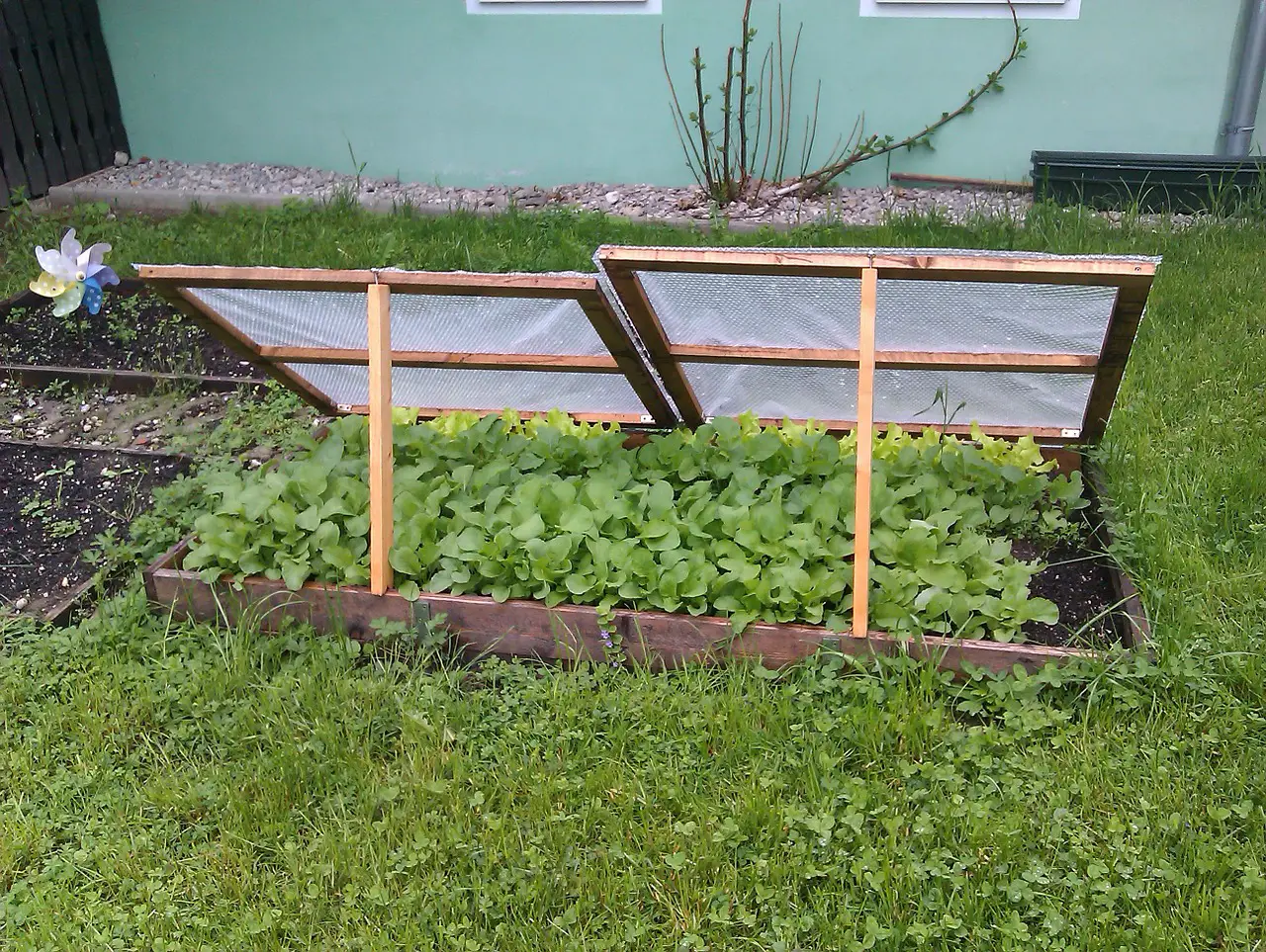Last Updated on April 11, 2024 by Real Men Sow
Cold frames have many uses that you can take advantage of if you’re planning to start a garden. The following are the uses of cold frame:
How Should You Use A Cold Frame
Extend the Growing Season
You can use it for late-cropping vegetables to extend the end of the growing season. Root crops like carrots and beetroot are able to remain in the ground in many places with little protection.
However, if you place a cold frame on top of them, the soil will stay drier and softer. This makes it easy to pick them up when they are needed and decreases the chance of them rotting. To keep them in a tight space, pack the frame with leaves.
Use Cold Frames To Start Seedlings Earlier
Your cold frame should be in place at least two weeks prior to sowing early vegetables such as spinach, radishes, or peas in spring. This will allow the soil to warm up to the right temperature for growing cool-season vegetables. For best results, use a soil thermometer to ensure temperatures remain around 7°C (45°F). This will ensure that your soil is dry and warm enough to allow your seeds to get the best start.
Warmer temperatures are required for plants like tomatoes, aubergines, and peppers. However, if you plan to grow them outdoors in the summer, they can be temporarily moved into a cold frame before being planted out.
How To Keep A Cold Frame Warm At Night
Avoid putting the plants in the cold frames earlier than two weeks before the last frost date. Also, be aware of forecasts for overnight frosts. To provide additional insulation, keep an extra supply of blankets on hand. The cold frame will keep them safe from the cold winds and other weather conditions that could stunt their young growth. It also allows you to free up space inside for more sowings.
Harden Off Seedlings
Before being transplanted outside, all indoor-sown plants need to be ‘hardened off’. You can simply place them outside for longer periods of time each day, but if you have many pots or trays it can become tedious. You can instead move your seedlings to your cold frame where they will harden off quickly. Simply open the lid for longer and shorter periods of time each day.
How To Adjust The Cold Frame To Harden Off Seedlings Faster
You can reduce the distance that your cold frame lid can be opened and closed if you are unable to do so during the day. To open the lid of a drop-down or sliding type, insert a small piece of wood. You can simply adjust the opening of the lid day after day but it’s important to make sure it is closed before the temperatures drop in the evening. It should be your first task upon returning from work.
Using a Cold Frame to Overwinter Plants
Overwintering plants may spend their whole lives in a cold frame. You can sow hardy salad leaves, including winter lettuce, mizuna, and corn salad (lamb’s lettuce or machine), in the frame late in summer. They will stay in great shape over winter. Even the toughest leaves, which are resistant to extreme weather, can be covered to protect them from the elements.
To protect late-sown corn salad seedlings, you can use a temporary frame made of bricks and two panes of clear glass on top. This will protect them from winter’s worst and help them grow to harvestable size sooner in spring.
You can also pot up plants that are not yet borderline-hardy and put them in your frame. Rosemary, for example, can withstand cold temperatures, but they will not tolerate being sodden and constantly cold. They will be more comfortable in a warmer, dryer winter home.

